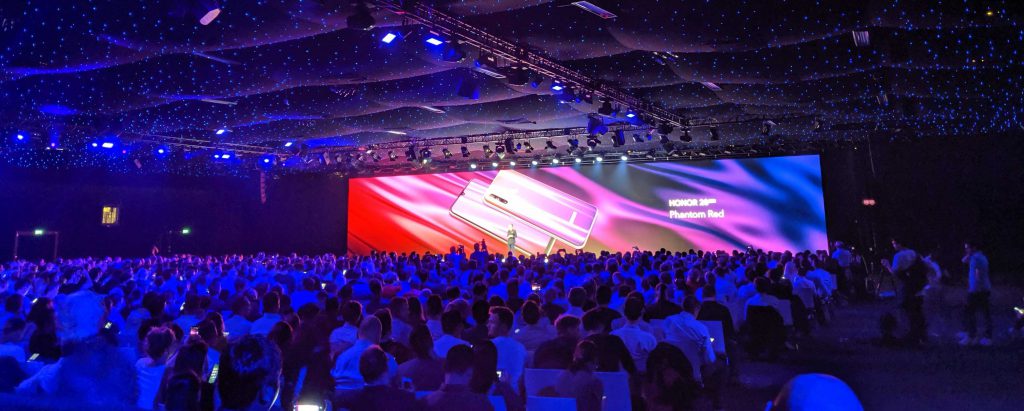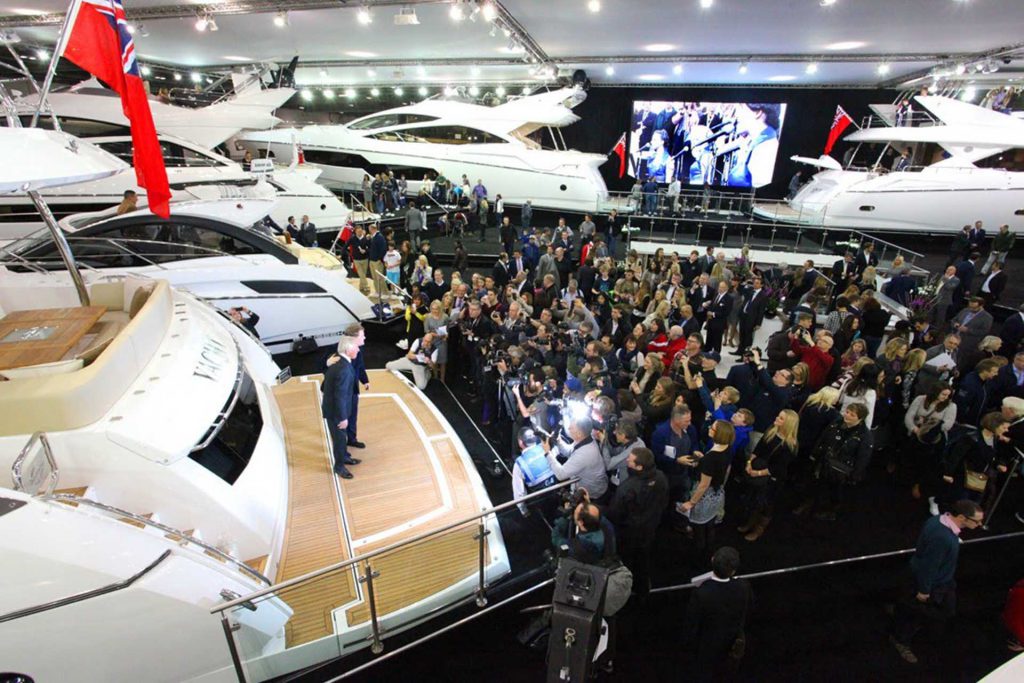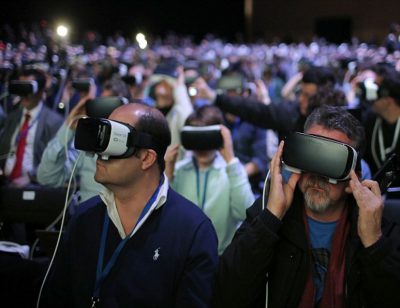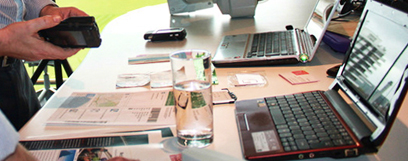 It has been a busy few weeks. Having left the event organiser world a few weeks ago, it has been fascinating to see what life is like on ‘the other side of the fence’ in the supplier world.
It has been a busy few weeks. Having left the event organiser world a few weeks ago, it has been fascinating to see what life is like on ‘the other side of the fence’ in the supplier world.
Having now spent countless hours working through white board sessions and being taught about equipment I didn’t even know existed… (who ever thought I would be challenged to configure the IP mangle on a router!) I have learnt a lot about the technology that makes the smallest, and largest events happen.
I have been to see some amazing events; product launches, exhibitions and sports competitions, all of which increasingly rely on technology behind the scenes to make the event work from ticketing partners, people counting, internet and Wi-Fi.
So what have I learnt?
Venue surveys – I didn’t even know what these were before starting at Etherlive, having not arranged one for any of my events, but they are a common request with indoor events. This helps when trying to evaluate multiple venues or to identify gaps in the chosen venue which may cost to fix, this then gets written into the hire contract for the venue to fix and means the budget doesn’t fall on the event.
Intelligent Event Network – A lot of the event networks/Wi-Fi systems deployed by Etherlive are self-monitoring and ‘healing’ which means less downtime and greater speeds. Each network operates across several segments which report to a central system, so any issues are identified quickly.
People Counting – Etherlive has three systems it uses depending on what data is required, from overhead cameras to using existing CCTV cameras but the main one which is interesting to exhibitions is small enough to be dropped around a stand or area and gives you engagement if the person stays for a while or passes by. This information is collected anonymously from any Wi-Fi device.
This week I travelled up to Yorkshire to the UCI Road World Championships where Etherlive is the technology partner – it was great to see behind the scenes and learn what our talented engineers get up to!





 e Oculus Rift, a project which has been exciting the technology community for some time, many argue that home virtual reality has finally arrived. Cheaper projects like Google Cardboard demonstrate that even those who do not want to splash out mega bucks can get themselves a piece of the action. Alongside full virtual reality there has also been an explosion in competitively priced 360 degree cameras bringing a much broader accessibility to a more immersive video experience.
e Oculus Rift, a project which has been exciting the technology community for some time, many argue that home virtual reality has finally arrived. Cheaper projects like Google Cardboard demonstrate that even those who do not want to splash out mega bucks can get themselves a piece of the action. Alongside full virtual reality there has also been an explosion in competitively priced 360 degree cameras bringing a much broader accessibility to a more immersive video experience. It may sound obvious but defining a clear specification for technical services means you’ll get what your event needs, when you want it at the right price.
It may sound obvious but defining a clear specification for technical services means you’ll get what your event needs, when you want it at the right price.